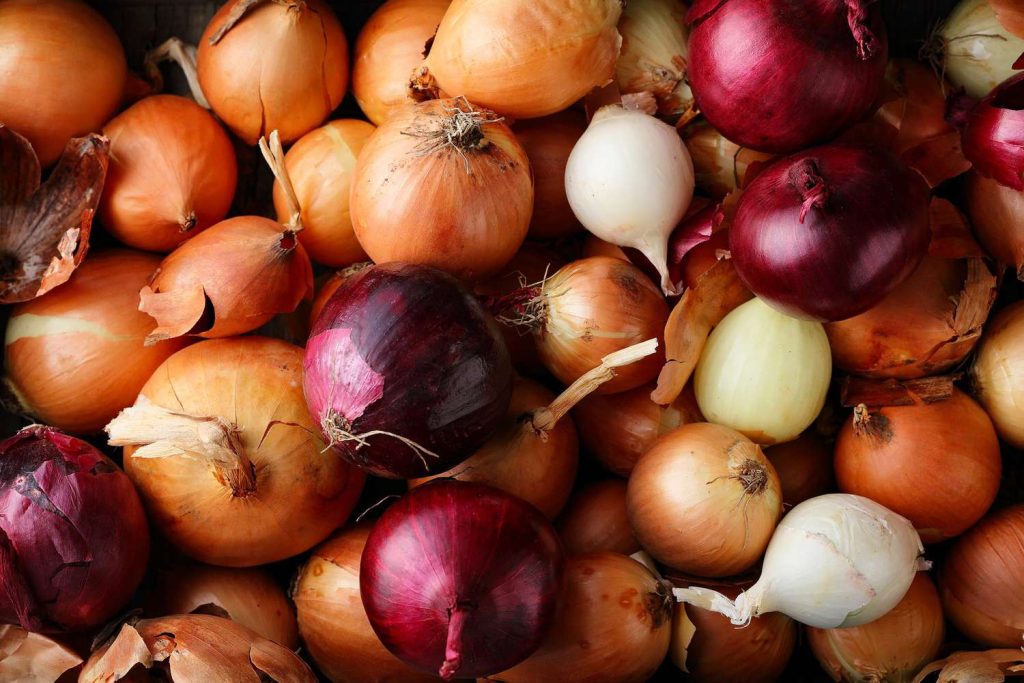
Are you in need of in-depth knowledge on onion and garlic production? If yes, we are a call away. Contact us for: Onion seedlings, Garlic seedlings, Germinated garlic cloves, Farm planning services, Soil testing, training on onion and garlic growing, Drip irrigation installation and maintenance, Agronomic support, Onion and Garlic value pack and Farm management. For free consultation, placing orders or booking a visit with an agronomist, please contact us via Call or what’s app +254703982228, Email: Info@oniondoctor.co.ke. You can also check out our social media handles for daily updates on TikTok: https://www.tiktok.com/@oniondoctorke?_t=ZM-8wmsTu0qumO&_r=1 Instagram: https://www.instagram.com/oniondoctorke?igsh=MTVoaHF3aWUydTJzaQ==Facebook:https://www.facebook.com/share/16SwgYn2dG/ Youtube:https://youtube.com/@oniondoctorke?si=u5Jnd-r0qU9UDYqL and Twitter: https://x.com/OnionDoctorKe?t=FR3JXlS_oN1vjjUgAtfyzg&s=09
Delve into the world of onion farming, exploring the nuances of cultivating this versatile vegetable in Kenya. From the distinct types of onions to the essential growth processes, join us on a journey enriched with expert insights from Onion Doctor. Uncover the secrets to successful onion cultivation and maximize your yields with the right knowledge.
Bulb onions; take 3 to 4 months to reach maturity. Short rains are great for bulb onions since they can be harvested between January and February. After the long rains of March, the price of these onions hike and farmers who harvest after these period make good profit margins.
Spring onions; are easy to plant, you can even plant them at your kitchen garden. They are commonly used in vegetable salads or as seasoning in soups. Some of the health benefits of spring onions include lower blood sugar and decreasing blood pressure and cholesterol levels. Of the two types, bulb onions are more popular than the spring ones due to their long shelf life and sweet taste. Currently, there are two different varieties of bulb onions in the market. There is the small, thin and firmly layered onion that has a strong pungent smell from Tanzania. The second one is the big loosely held variety that is grown locally, in Kenya. Onions are categorized according to the color, size and shape. Onions can be harvested while still young; there is a perennial type of onion which is rarely attacked by insects or diseases. The onions can be planted by direct seed or by transplanting. The seedling stage requires planting of seedling in a seedling bed, the soil of the bed should be loose which takes 6 weeks for them to be ready for transplant. Transplanting method has a higher rate of succeeding than direct seeds; onions grow well in raised beds or rows at least 4 inches high, the onion should go 4 inches deep only a third of the bulb should be underground, if the onion is deeply planted the growth of the bulb will be restricted. The width between each onion should be 5 inches; the rows should be 12 to 17 inches apart. Select an open garden when planting to avoid being shaded by other plants. The soil should be loose and rich in nitrogen, compact and hard soil will interfere with bulb development, mix the soil with some nitrogen fertilizer at the time of planting, side dress the onion after every two weeks, make sure you repeat the dressing after every two weeks until the onion starts to bulb.
How to Plant: To get the best results with onions you need to start them in a Nursery. Here is how to do this; Make a raised nursery bed 1 metre wide and any desired length. Apply well decomposed manure at a rate of 15kg per square metre. Mix and Apply DAP fertilizer at a rate of 20 grams per metre square Make shallow furrows 15 cm apart. Mix the seeds with dry ash, sand or soil at a ratio of 1:3 to help spread the small seeds. Plant the seeds and cover lightly with soil and apply mulches ( Grass or Polythene cover spread over the soil on the nursery bed) After planting irrigate the nursery bed liberally for the first 10 days and continue watering regularly. Germination of seeds will take about 7-10 days after which the mulches are removed and used to make a shade above the tender plants which have not fully developed. Transplanting of the seedlings takes place 6 weeks after planting seeds in the nursery. Transplant when the seedlings have pencil thick base and a height of approximately 15cm. Seedlings should have 3 to 5 well formed leaves at transplanting time. Two weeks before transplanting reduce the shade to improve seedling survival rate in the field. It takes about 4 months for onions to mature
Conditions for Onion Farming Onions perform well in well drained, fertile, sandy loam, non-compacted soils. The ideal pH is 5.8 to 6.8. Onion farming is a worthy venture since it’s possible to grow onions throughout the year via irrigation. Soil test with accredited laboratories is advised. The ideal temperatures onions need to grow are between 13 – 35 degrees centigrade. This means that onions can grow in most parts of Kenya. In terms of requirements, apart from land that is an obvious fact, other requirements are DAP Fertilizer and seedlings. 1 kg of seedlings can be used in 1 acre while 20 grams of DAP Fertilizer is applied per square meter. You should note that there are different seed varieties and they perform differently under different conditions. Common hybrid varieties available in Kenya include Red Creole, Red Pinnoy, Jambar 1 and Red Bombay. The most popular seed variety in Kenya is the Jambar F1 since it produces high yield and the size of its onions are bigger.
Challenges facing Onion Farming in Kenya Rains or Excess Watering: Too much rains or excess watering can water log the crop. If the rain in your area is too much, focus on growing the crop during the short rains. You can also raise the beds to ensure the water flows out of the field. Avoid excessive watering of your onions. The best type of irrigation on onions is drip irrigation. Overhead irrigation should be avoided as it causes fungal diseases. Diseases: Common diseases that affect onions include Downy Mildew, Bacterial Soft Rots, Pink/White Root, Botrytis, and Rusts. Use herbicides to get rid of the diseases. Pests: Common pests that attack onions include maggots, thrips, nematodes and the leaf miner. Use pesticides from accredited brands to get rid of the pests. Weeds: Weeds can also destroy your crop and should be removed occasionally either physically or through the use of herbicides. In one season, there should be at least 2 – 3 weeding sessions.
Harvesting onions The best time to do the harvesting is during the dry season. Keep a calendar and record the essential dates to ensure you harvest at the right time. Bulb onions are ready for harvesting once they form a shiny membranous cover around the bulbs or when the foliage withers. Spring onions are ready for harvesting when they are 15 centimeters tall and 1.5 centimeters thick. Harvesting is done by pulling the bulbs and then chopping off the leaves. You then dry the bulbs in the sun before storing the produce.
Onion Doctor supports small holder farmers across Africa with quality and affordable Onion and Garlic seedlings, Onion seedlings, Farm planning services, Soil testing, Drip irrigation installation and maintenance, Agronomic support, Onion and Garlic value pack, Farm management, E-extension and on-farm training for farmers to optimize on yields and get maximum profits.


